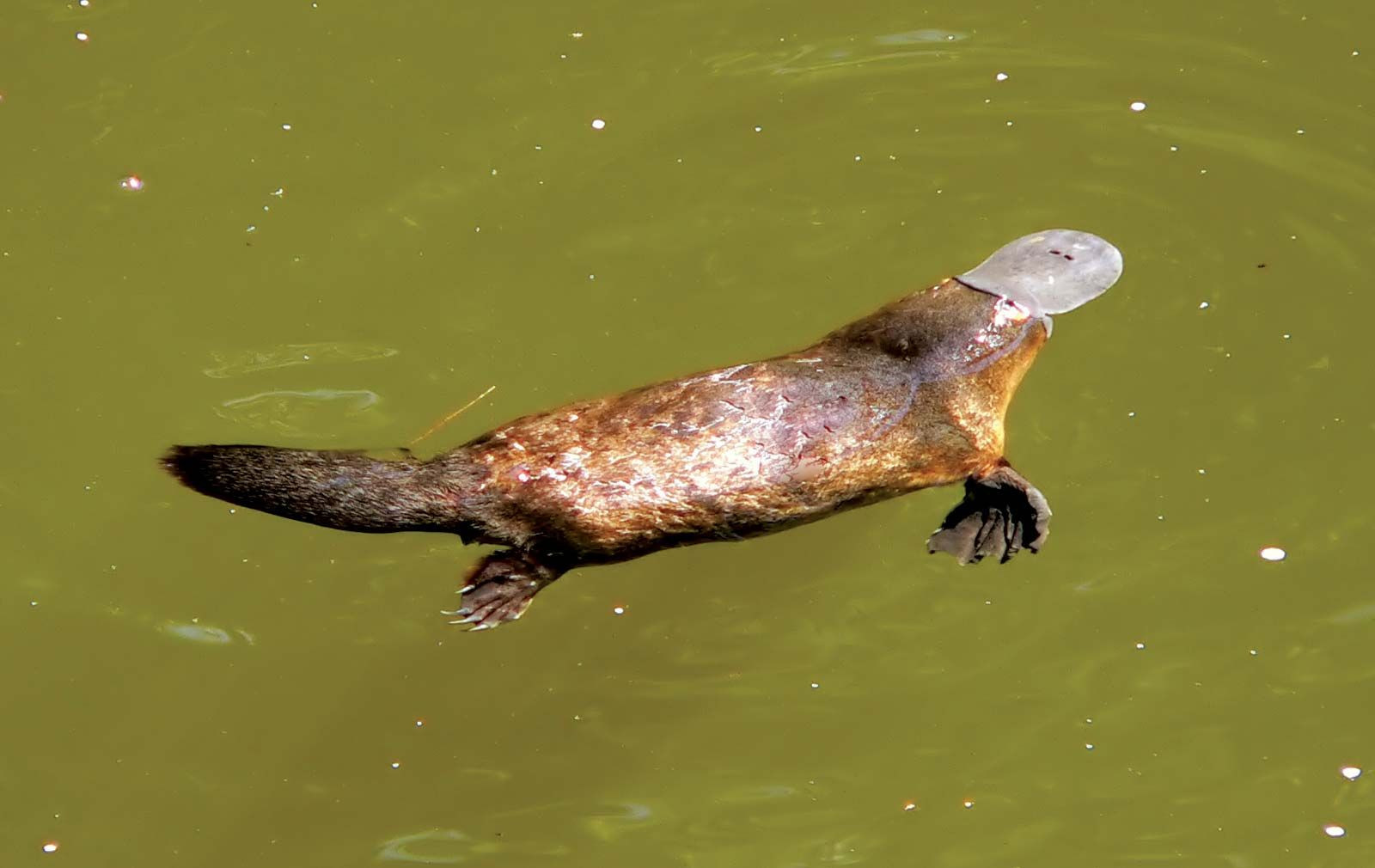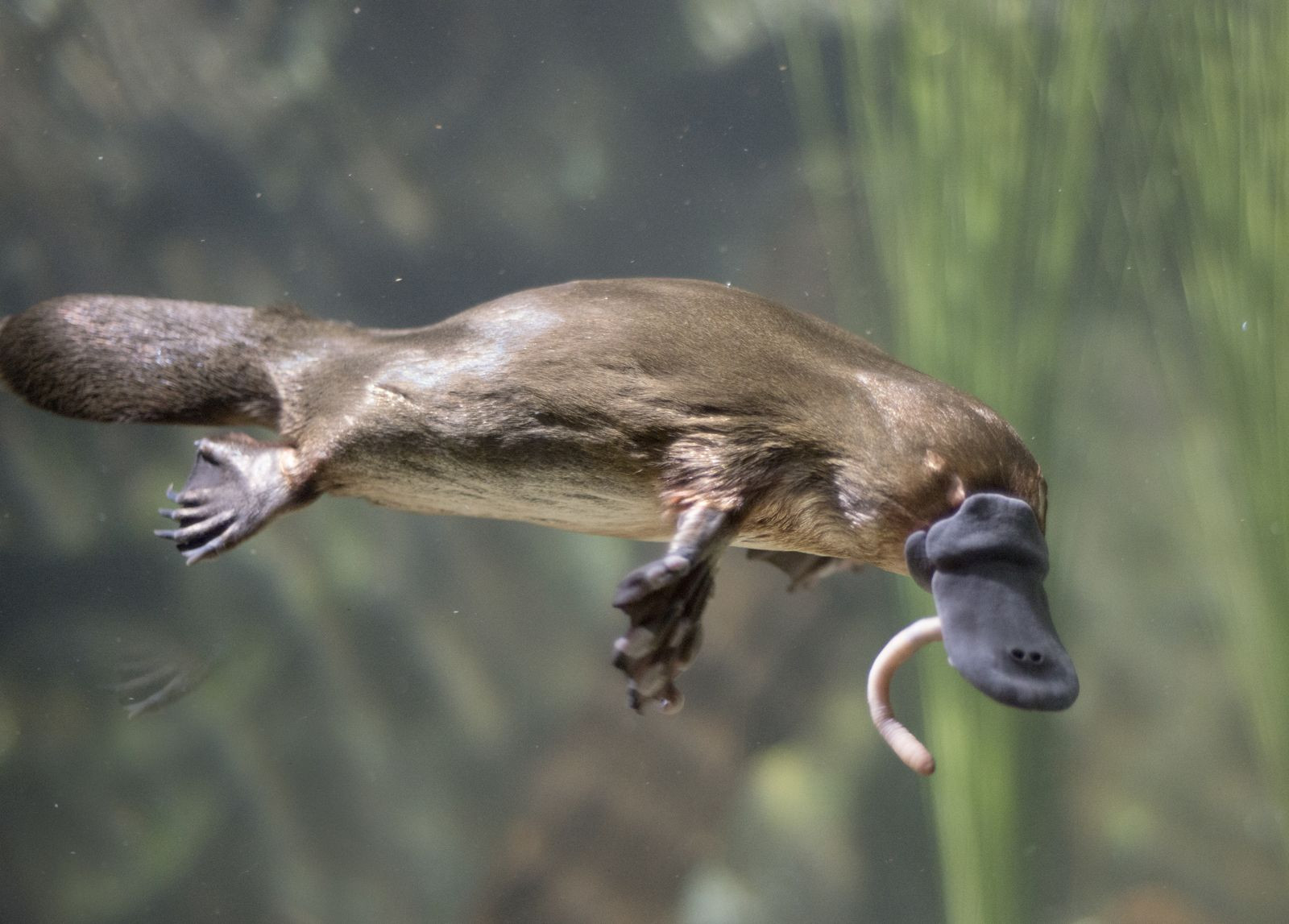The platypus, scientifically known as Ornithorhynchus anatinus, is one of the world’s most extraordinary mammals. Often referred to as the duck-billed platypus, this semi-aquatic animal is famed for its bizarre combination of features. But beyond their unique appearance, a common question arises: Where Do Platypuses Live? Understanding their habitat is key to appreciating these fascinating monotremes.
 Platypus in Australian waterways
Platypus in Australian waterways
Understanding Platypus Habitats
Platypuses are native to eastern Australia and the island of Tasmania. To pinpoint where platypuses live, it’s essential to focus on freshwater environments. These remarkable creatures are commonly found inhabiting the waterways of eastern Australia. Their preferred habitats include rivers, streams, creeks, and lakes. Platypuses are strongly tied to these aquatic ecosystems, as they rely on them for both feeding and shelter.
Geographic Distribution in Detail
Expanding on where platypuses live geographically, their range extends across a variety of terrains. From the elevated regions of Tasmania and the Australian Alps to the lower-lying coastal areas, platypuses demonstrate adaptability to different altitudes and climates. They are prevalent throughout the eastern Australian states, occupying both eastward and westward flowing river systems.
However, it’s important to note the limits of their distribution. Platypuses are notably absent from the far northern reaches of Queensland. Interestingly, unlike their monotreme relatives, the echidnas, platypuses have not colonized the island of New Guinea. This geographic specificity is crucial when considering where to find platypuses in the wild.
 Platypus eating worm underwater
Platypus eating worm underwater
Habitat Preferences and Adaptations
The answer to ” where do platypuses live” is not just about location, but also about the specific characteristics of their habitat. Platypuses are freshwater animals, meaning they must feed and reside in non-saline waters. Although there have been rare sightings of platypuses in saltwater, their survival depends on freshwater ecosystems where their unique electroreception system functions effectively for hunting prey.
Beyond the water itself, platypus habitat includes the land bordering these waterways. They construct burrows in the banks of streams and rivers. These burrows serve as daytime shelters and safe havens for resting and raising young. The entrance to these burrows is typically just large enough for a platypus to squeeze through, helping to keep out predators and maintain a humid environment inside.
Platypuses are exquisitely adapted to their aquatic lifestyle and the specific regions where they live. Their streamlined body shape, dense waterproof fur, and webbed feet are perfect for navigating the rivers and streams of their Australian homes. These adaptations, combined with their specialized electroreceptors, allow them to thrive in their chosen habitats and effectively hunt for food in murky waters.
Conclusion: The Importance of Platypus Habitats
In conclusion, when considering where do platypuses live, the answer is primarily the freshwater river systems of eastern Australia and Tasmania. Their geographic distribution is shaped by the availability of suitable waterways and bankside burrowing locations. Understanding and protecting these habitats is vital for the conservation of these remarkable animals, ensuring that platypuses continue to inhabit their unique corner of the world for generations to come.

